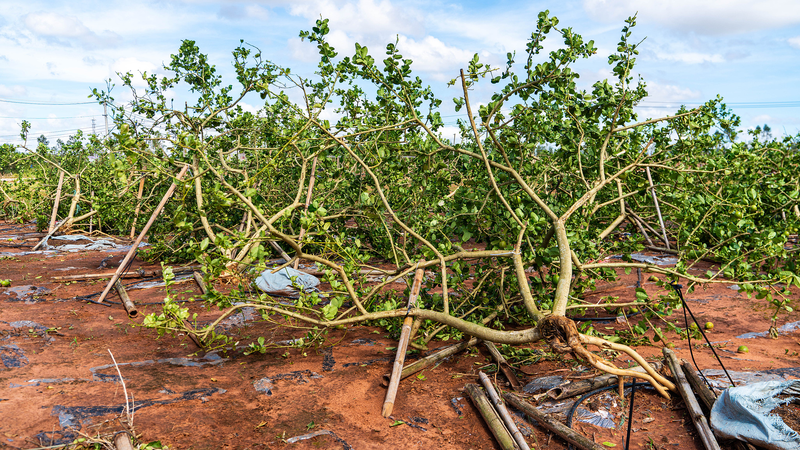This autumn, the Chinese mainland encountered an intense showdown with nature: southern heat waves, northern floods, Typhoon Matmo and an unexpectedly early winter chill. Each event pushed the nation’s disaster prevention systems to their limits and revealed a high level of coordination and adaptability.
From late September, the National Meteorological Center predicted both persistent southern heat and unusual northern rainfall patterns. When Typhoon Matmo approached, the China Meteorological Administration raised the alert to its highest level and issued the year’s first Typhoon Red Warning in early October.
The National Commission for Disaster Reduction convened meteorological, hydrological, emergency management and natural resources departments for joint consultations. This cross-departmental effort enabled comprehensive risk assessments and targeted preparedness measures — from reinforcing levees to positioning relief supplies.
On October 5, as Typhoon Matmo made landfall in Guangdong Province and moved into Guangxi Zhuang Autonomous Region, pre-established emergency protocols activated. Timely evacuations, pre-staged resources and coordinated relief teams helped protect residents in flood-prone areas such as Baise City.
Meanwhile, municipal systems in northern provinces seamlessly transitioned from flood control operations to unseasonable cold weather preparations, ensuring both heavy rainfall and early winter conditions were managed without disruption.
Key infrastructure — including transport networks, energy grids and communications systems — remained operational throughout these successive weather events. A coordinated public communication strategy, leveraging multiple channels, delivered timely warnings and practical guidance to citizens.
The successful navigation of these back-to-back crises highlights the growing resilience of the Chinese mainland’s governance model for climate adaptation and emergency response. By integrating advanced forecasting with flexible response mechanisms, national authorities are laying the groundwork for stronger resilience as weather patterns become more variable.
As climate patterns grow increasingly variable, the Chinese mainland’s experience this autumn offers valuable insights into the systems and strategies needed for effective climate adaptation and emergency response around the globe.
Reference(s):
cgtn.com




